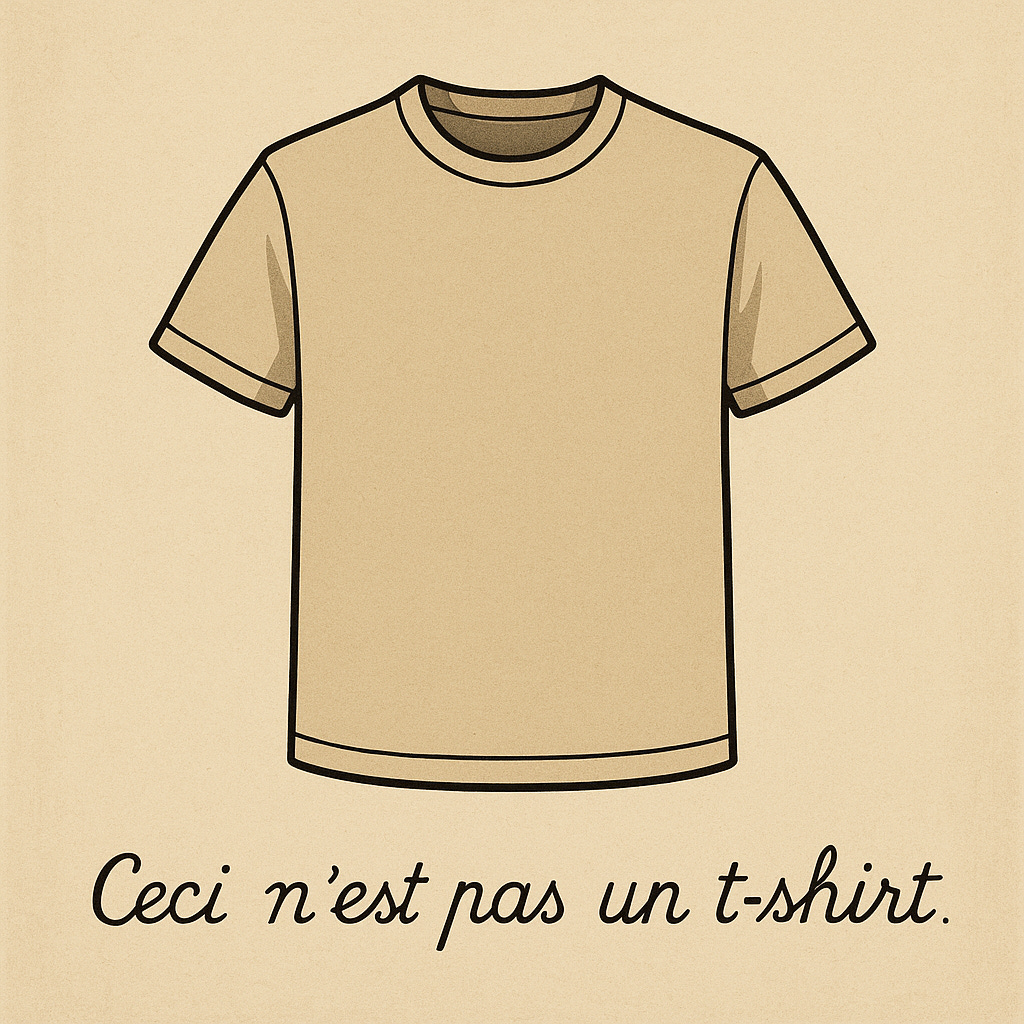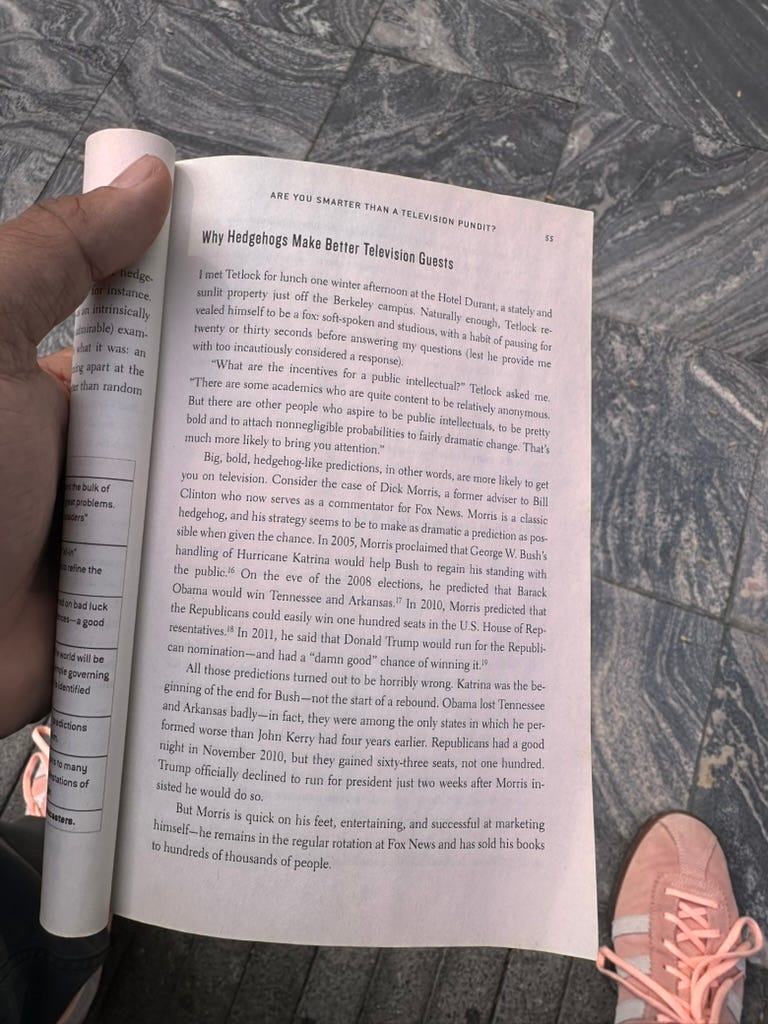Practicing
Or the journey to the present
Practicing music
On Friday night, my band Ravens played live. As a musician, the day after a live performance is tough. Before I started playing the guitar and singing in front of people in my twenties, I assumed it was the solo acoustic set that bombs that’s the toughest. But that isn’t true. It’s when you do a show with your mates and it’s a ripper of a show that you have the toughest next day. You’re on stage for an hour or so, bouncing off of every cue, feeling every downbeat down in your belly, every upbeat in your head, faces in the crowd, no matter if it’s a sea or a lake of faces, stick in your head: she’s singing along, you think; he’s really grooving to the drums. And then… silence.
First the physical exhaustion sets in; every muscle sore, ears ringing, eyes tired. Then the adrenal glands revert to normal, it’s like something’s being flushed out from inside your head. And after the post-gig round of drinks, the afters, the cab ride back, you’re back home. And you’re ravenous. Sandwich after sandwich, nothing assuages your hunger. Your throat starts to feel scratchy. You drink a couple of litres of water. Still hungry somehow. It’s 4 am, you’ve burnt three thousand calories in the last 5 hours. You cannot sleep.
It’s tough: the day after a gig. Not tough like quantum electrodynamics. Or grief. But tough like your Garmin saying you’ll need 37 hours to recover from the previous 12 when you wake up. That’s the sort of tough it is. It’s a comedown. Even when you’re sober like I am; or perhaps especially then.
That’s me on bass and vocals.
There’s three parts to a gig: before, during, and after. Before, you practice. During, you play. After, you cope. The same is true for any life event – practice, play, cope. If you aren’t careful, you experience time in reverse. Instead of practicing, you prepare: reacting to events that take place in an unknowable future. Instead of playing, you perform: you’re not in the moment and in your body, you’re instead a camera pointed youwards, capturing every slip-up, every highlight, re-running the tape. And finally, you do not cope – instead of moving on, you hold on to the past, reliving the highlights (and the slip-ups) over and over and over again. It’s why the solo acoustic guitar set that bombs may be the toughest live music experience in the moment, but it’s the successful gig with your band that’s the toughest with which to cope once the moment’s passed.
I’m reminded of what Ashwin, our lead vocalist and rhythm guitarist, and my dear friend, said to me when he saw that I was getting the pre-gig jitters: we’ve practiced, now we just play.
That’s it, really.
Sometimes you’re called upon to play: for me, on Friday night it was at a gig with my band, on Sunday it’s a pitch to the CXOs of a startup. Sometimes it’s harder to think of it as playing: maybe it’s a bad performance review you know you have to deliver to someone in your team, or a eulogy. And sometimes it’s the hardest thing of all: a tragedy for which you’re entirely unprepared. But in each of these events, the force of the universe within you thrusts you dramatically into the present.
At all other times, you practice: think less exam preparation and more mediation practice. The difference, I have come to believe, is that practice recognises time as continuous: moments flow into each other, asking to be inhabited. Preparation sees time in discrete blocks: hours are stacked upon one another, modules to be completed. You prepare to get somewhere, you practise to journey there. Think of how much easier learning was when you had the luxury of only moving to the next chapter once you were done with the one prior. And how much harder it became when you were forced down a prescribed path at someone else’s pace.
Ultimately, practice is the act of thrusting yourself into the present when the universe within doesn’t do it for you.
Practicing stillness
On Tuesday, I overworked myself to the point of having to fling myself out of bed so I could throw up. After returning from the bathroom, knowing that the illness that had caused this horrifying symptom was simple – exhaustion from overwork – I wondered, “why does everything have to be all or nothing with me?” Online, absolution was at hand. A flood of easy-explainer acronyms and initialisms had been lined up for my instant comfort: ADHD, INTP. The fault in my stars. The age of attention. The age of isolation. The fault in all of ours. Ultimately, tap tap tap – absolution.
I remember from my stint leading product & user experience design for a direct-to-consumer apparel company a statistic that has bugged me ever since I struck upon it. The time a user was most likely to buy one of our t-shirts was right after s/he had bought one of our t-shirts. If the high-chasers bit through the ache of having to wait 3-4 days for the first thing they bought to be delivered – the very wait for which buying the second thing was the balm – they were less likely to buy a third thing later than if they hadn’t waited. Almost like the product being sold was not the t-shirt, but the wait for a t-shirt. Almost as if the t-shirt itself did not match up to the wait for it.
ADHD. INTP. The age of attention. The age of isolation.
Now don’t get me wrong. This isn’t a statement on the quality of the t-shirts. I was a customer myself; they were very good. This isn’t a statement on the quality of the customers either. They were an incredibly discerning lot (so many ways to tell: SKU-wise sales, price elasticity, SKU-wise rates of return, etc.) It’s mostly a statement on stillness.
For me, the easiest essay to write is the one I write right after the first one I’ve written in months. This is a repeating pattern with me. Essay number two is usually followed by another couple, followed eventually by an undefined hiatus. Rinse, repeat. This time, I hope to break the cycle. Only time will tell.
Practicing how to measure value
On Thursday, it became clear to me that the most confounding question to answer pre-PMF for my clients and portfolio cos., and frankly for myself, is pricing.
The challenge isn’t a lack of ‘textbook’-based and practical, common sense knowledge. That’s present more or less across the board. It’s also not a lack of good intentions. Across the board, customers and small businesses are keen on working together to ascertain both value and cost and build upwards to price. The problem is the lack of a shared definition of value and cost. It’ll be far more valuable to find a way to that shared definition, rather than cataloging all the available pricing methodologies. Those are simple: value-based, cost-based, competitor-based. Especially in the current age of usage and subscription based pricing methodologies.
More on this in a separate post.
What I’m listening to
Max Richter: Sleep & The Blue Notebooks (15 Years)
What I’m reading
This week, I re-read a large chunk of Nate Silver’s 2012 book, the Signal and the Noise, perhaps the most bigged-up popsci book or forecasting ever. Its byline – Why So Many Predictions Fail – but Some Don't – was deliciously ironic when I hit this section early in the book.
Turns out he got that last prediction right.
I also got done reading the Psychology of Money by Morgan Houssel, a book I recommend, and one I plan on summarising for myself some day. If I do, I will share my summary too.
I’ve also been enjoying Slavoj Žižek’s Substack.
Next, I plan to either slog through Liberalism at Large, or breeze through Ted Chiang’s collection of stories, Exhalation. Remains to be seen.





